Winter Watering Tips for Your Garden
It’s Freezin’ Season (and your Landscape is Thirsty!)
Winter has arrived in full force. And while your landscape has entered a state of dormancy, it still gets parched every now and then. Let’s discuss how to keep your plants alive in winter with some winter watering tips. (Hint: Watering is mandatory!)
Simple Tips for Gardening in Cold Weather
Despite the fact your plants are dormant and brown, they should still be watered periodically. Plants that remain dehydrated in winter months often don’t survive until spring. Not only does this create extra landscaping costs in warmer months, it can actually damage your plumbing. How so? Plants that receive insufficient winter hydration search for water on their own. The most frequent target? Your wastewater pipes. Roots will attempt to penetrate underground pipes, causing messy, costly repairs.
Creating Watering Schedules for Winter Gardening
- Choose a warm day with air temperature above 40 degrees Fahrenheit.
- Ensure that the soil is unfrozen.
- Try watering at mid-day — when temperatures are higher—so it can soak in before it freezes at night.
- Water your landscape once or twice per month from November to April.
- New roots form in the months of March and April. It is most critical to water during these months.
What to Water When You’re Gardening in Cold Weather
- Newly planted lawns, trees, shrubs and flowers require the most attention in winter gardening.
- Established turf and trees, especially those in sunny, windy, or exposed areas should be a high priority. Watering prevents them from drying out due to unique environmental conditions.
- Established shrubs, flowers, ornamental grasses and groundcovers will also benefit.
- Do not water cacti, succulents, or buffalo grass.
More Tips for Winter Watering
- To prevent freeze damage, most automatic sprinkler systems are turned off during the winter. To combat this inconvenience, use a hose-end sprinkler or watering wand.
- Remove the hose from the spigot after watering. Leaving the hose attached can cause water to freeze in your pipes, causing expensive damage.
- Water for short periods, allowing it to soak in before re-applying.
- Ensure that the ground doesn’t stay soggy for long periods after watering. This may cause root rot, killing your precious plants.
- To determine how long to water, place cups in your yard to catch some of the water. Water until you can measure 0.5 to 1” deep in the cups. Once you reach this threshold, you’ll know how long to water in future sessions.
Don’t Neglect These Tips for Winter Watering!
When it comes to having a lush landscape in spring, the importance of winter watering can’t be overstated. Follow these tips for gardening in cold weather, and your garden will show its gratitude when warm weather rolls around.
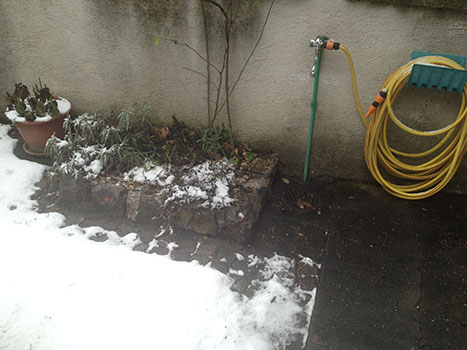
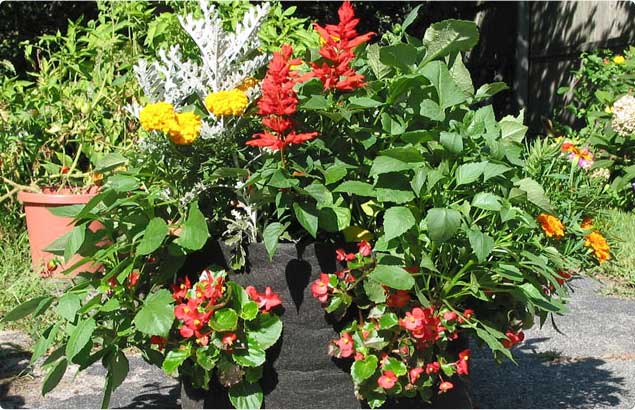
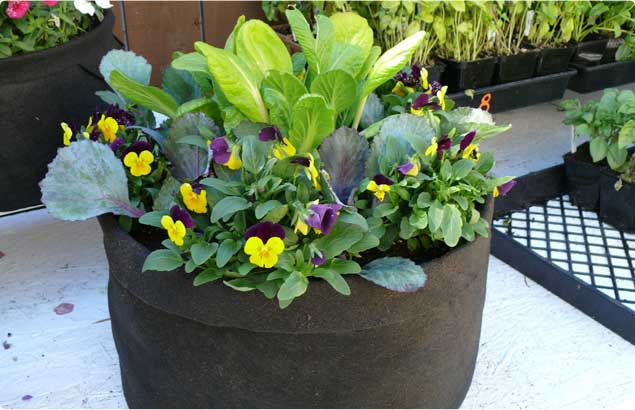
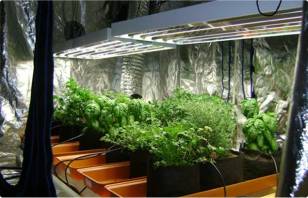
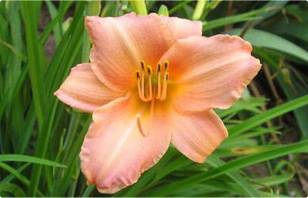
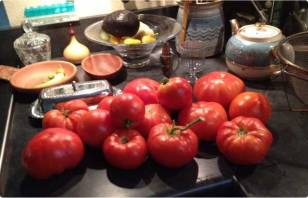
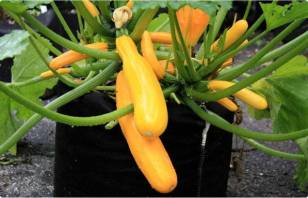
Good advice. Thank you.